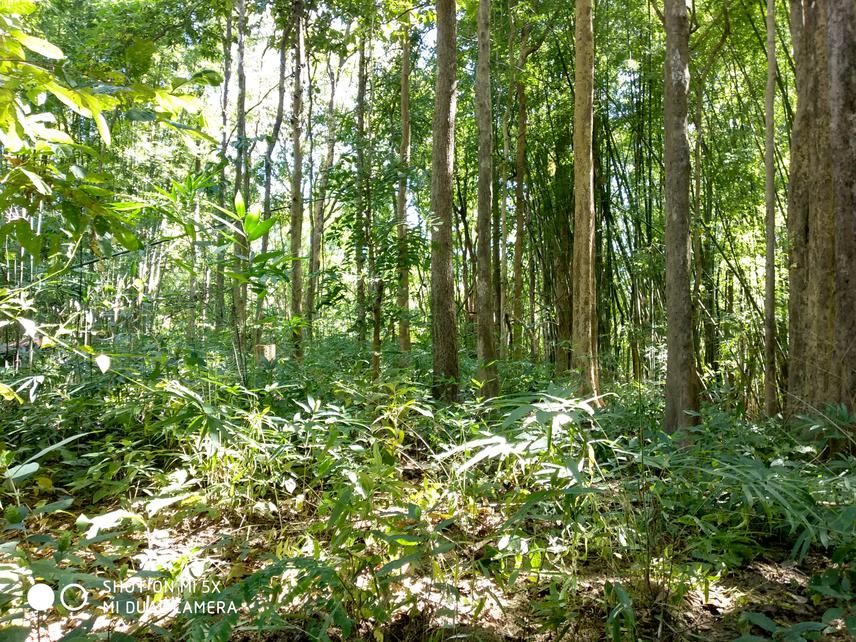Myo Min Thant
Kyaik Htee Yoe Reserve Forest, one of the biodiversity hotspot areas in Myanmar, suffered natural and anthropogenic disturbances over 30 years ago, and some of the area is still facing minor disturbances due to the extraction of non-wood forest products. Disturbances can change the biological organization of ecosystems, often leading to primary or secondary succession. Lack of any alternative measures for those encroachment activities is a major barrier to sustainable biodiversity conservation in that area. Biodiversity is of great importance in order to maintain stable ecosystems. The long term sustainable management of natural primary forests and restoration of degraded forests within and around the Kyaik Htee Yoe Reserve Forest are urgently needed for the conservation of flora and fauna and their habitats. Therefore, I would like to do this project.

In Kyaik Htee Yoe Reserve Forest, a total of 119 species belonging to 57 families were identified. However, there are some threats to the forests such as improper and ineffective land use for the cultivation of agricultural crops, shifting cultivation, encroachment into forests, and indiscriminate cutting of forests in the nature reserves and national parks. Among them, logging (legal/ illegal) are major concern. Deforestation is occurring at an alarming rate due to logging (legal/illegal) and taungya cutting (shifting cultivation) especially in this reserve area. The lack of any alternative measures for those encroachment activities is a major barrier to sustainable biodiversity conservation in that area.
There is no exciting scientific research about biodiversity conservation work there. And also there is no list of rare species and endangered species. And the management system don’t have database in that area and there is no earlier studies about the distribution of valuable species to protect them. Local community who live around that reserve go the forest and cut some important species because they have limited knowledge about the importance of rare species or valuable species. The project will provide them some training for their awareness razing.
The project will make contributions for building a scientific basis in order to restore, bring conditions of primeval forests back for natural secondary forests in Mon state in particular and Myanmar in general. The information of about species composition, stand structure and dynamics of different forest stands of both secondary forest and primeval forest in the reserve area will be known from this project. The species diversity of each forest type and the spatial distribution of big trees and regeneration tress will be provided to know the number of missing species in secondary forests in order to preserve it before some species extinct. The project will contribute to bring habitat and environment back for fauna and flora species. This project will make some contributions to enhance local people’s awareness about forest restoration and conservation of secondary forests trough the project trainings.